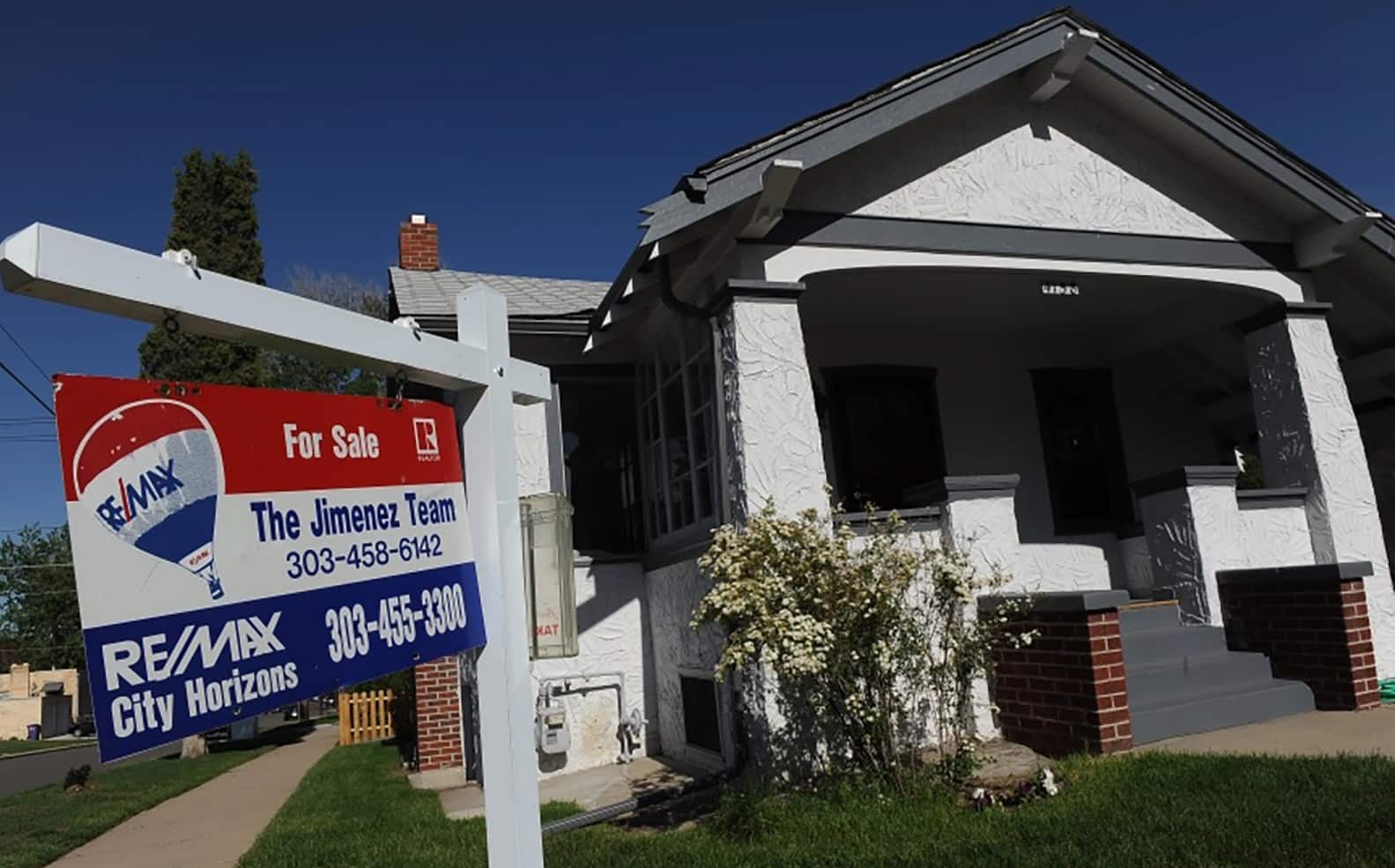
According to DMAR, there were 60,164 local listings in 2022, down 9.3 percent from 2021. (Helen H. Richardson/The Denver Post)
The Denver Metro Association of Realtors hit a record number of members last year, but its rolls have declined in recent months and the organization expects the figure to drop further this year.
DMAR ended 2022 with 8,351 members, down from 9,038 in September, according to Amy Davies, the organization’s director of finance, operations and membership.
DMAR CEO Nobu Hata said the organization is preparing for a downturn in membership.
Hata said inventory is a leading factor in membership numbers. Two years of historically low interest rates, which ended with a surge in rates last year, have limited the buying power of those wanting a home and given existing homeowners little incentive to sell. In general, he said, as the number of houses on the market decreases, more realtors decide not to renew their license.
According to DMAR, there were 60,164 local listings in 2022, down 9.3 percent from 2021 and lower than the past four years. Of the 60,164 listings, 50,743 closed – a 20.8 percent decrease from 2021.
The Denver area ended 2022 with 4,757 active listings, which is in line with figures before the pandemic. In 2019, Denver ended the year with 5,037 active listings.
“No matter what membership numbers are, no matter what the pandemic threw at us, the big thing is home sales numbers have actually stayed stable,” Hata said.
Hata said the organization also attributes part of its membership increase during the pandemic to individuals opting to become a realtor after losing their job, and said many of those individuals are now employed again.
According to Davies, the organization is still seeing about 70 to 100 new members monthly, but that’s more than offset by the number of existing members opting not to renew.
DMAR covers an 11-county region it considers the metro area. Those counties are Adams, Arapahoe, Boulder, Broomfield, Clear Creek, Denver, Douglas, Elbert, Gilpin, Jefferson and Park.
The organization works in conjunction with the Colorado Association of Realtors and the National Association of Realtors. To become a realtor and join the associations, one has to pass an exam, apply for a license and take a code of ethics. Individuals can also help people buy and sell homes without becoming a realtor.
CAR recorded 28,987 members at the end of 2022, down from a September peak of 30,232 members, according to representative Lisa Hansmeier. But the figure got back above 30,000 this month.
Comparatively, CAR’s highest membership count was 29,598 members in 2021, 27,659 members in 2020 and 26,720 members in 2019.
“Like anything, it ebbs and flows,” Hansmeier said.
NAR recorded its fourth year in a row of record-breaking membership in 2022, ending with 1.58 million members, but is predicting a steep decline in 2023, according to The Real Deal. The NAR finance committee predicted at least a 10,000-member decline by May 2023.
“A 10,000-member decline across 50 states is actually an insignificant number,” said DMAR’s Hata.
Hata expects the national membership number to level out at about 1 million to 1.2 million, which he said were standard pre-pandemic numbers.

According to DMAR, there were 60,164 local listings in 2022, down 9.3 percent from 2021. (Helen H. Richardson/The Denver Post)
The Denver Metro Association of Realtors hit a record number of members last year, but its rolls have declined in recent months and the organization expects the figure to drop further this year.
DMAR ended 2022 with 8,351 members, down from 9,038 in September, according to Amy Davies, the organization’s director of finance, operations and membership.
DMAR CEO Nobu Hata said the organization is preparing for a downturn in membership.
Hata said inventory is a leading factor in membership numbers. Two years of historically low interest rates, which ended with a surge in rates last year, have limited the buying power of those wanting a home and given existing homeowners little incentive to sell. In general, he said, as the number of houses on the market decreases, more realtors decide not to renew their license.
According to DMAR, there were 60,164 local listings in 2022, down 9.3 percent from 2021 and lower than the past four years. Of the 60,164 listings, 50,743 closed – a 20.8 percent decrease from 2021.
The Denver area ended 2022 with 4,757 active listings, which is in line with figures before the pandemic. In 2019, Denver ended the year with 5,037 active listings.
“No matter what membership numbers are, no matter what the pandemic threw at us, the big thing is home sales numbers have actually stayed stable,” Hata said.
Hata said the organization also attributes part of its membership increase during the pandemic to individuals opting to become a realtor after losing their job, and said many of those individuals are now employed again.
According to Davies, the organization is still seeing about 70 to 100 new members monthly, but that’s more than offset by the number of existing members opting not to renew.
DMAR covers an 11-county region it considers the metro area. Those counties are Adams, Arapahoe, Boulder, Broomfield, Clear Creek, Denver, Douglas, Elbert, Gilpin, Jefferson and Park.
The organization works in conjunction with the Colorado Association of Realtors and the National Association of Realtors. To become a realtor and join the associations, one has to pass an exam, apply for a license and take a code of ethics. Individuals can also help people buy and sell homes without becoming a realtor.
CAR recorded 28,987 members at the end of 2022, down from a September peak of 30,232 members, according to representative Lisa Hansmeier. But the figure got back above 30,000 this month.
Comparatively, CAR’s highest membership count was 29,598 members in 2021, 27,659 members in 2020 and 26,720 members in 2019.
“Like anything, it ebbs and flows,” Hansmeier said.
NAR recorded its fourth year in a row of record-breaking membership in 2022, ending with 1.58 million members, but is predicting a steep decline in 2023, according to The Real Deal. The NAR finance committee predicted at least a 10,000-member decline by May 2023.
“A 10,000-member decline across 50 states is actually an insignificant number,” said DMAR’s Hata.
Hata expects the national membership number to level out at about 1 million to 1.2 million, which he said were standard pre-pandemic numbers.

